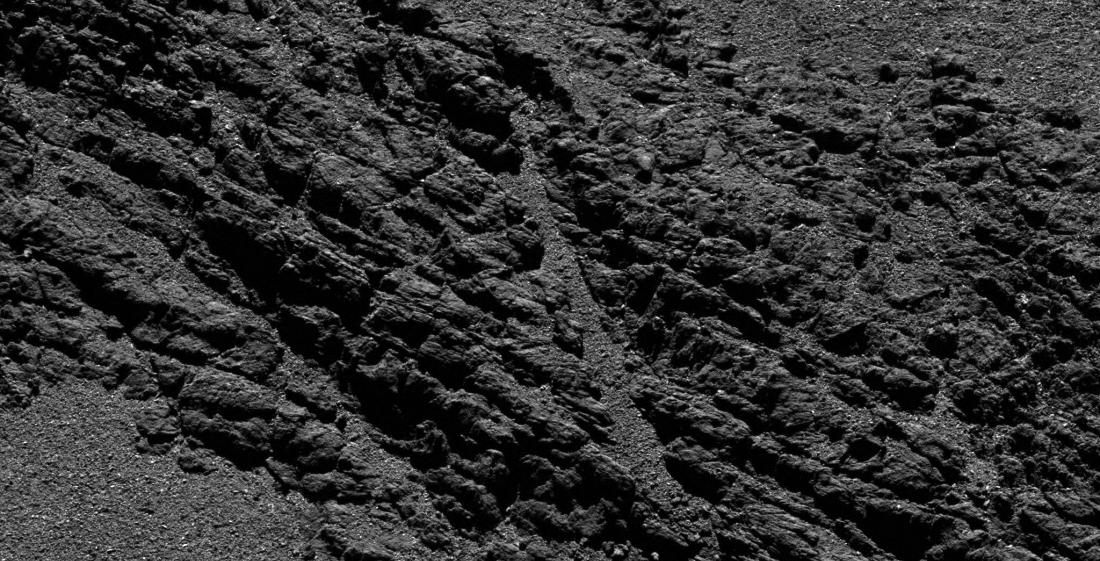Goodbye Rosetta!

Thales Alenia Space played a key role in this major European space exploration program, since it was responsible for satellite assembly, integration and testing (AIT) at its Turin plant, as well as for the launch campaign. One particularly important task was checking the spacecraft’s operational autonomy: because of its considerable distance from Earth during the critical mission phases, radio signals took over 20 minutes to reach the spacecraft and another 20 minutes to get back to the ESA control center in Darmstadt, Germany.
Thales Alenia Space’s Rome facility also developed the special S and X-band digital transponder for the satellite, specially designed to handle communications with Earth at a distance of hundreds of millions of kilometers. This innovative Deep Space Transponder (DSP) is now the benchmark for interplanetary missions.

Copyrights: © ESA/ATG medialab & © ESA/Rosetta/MPS

